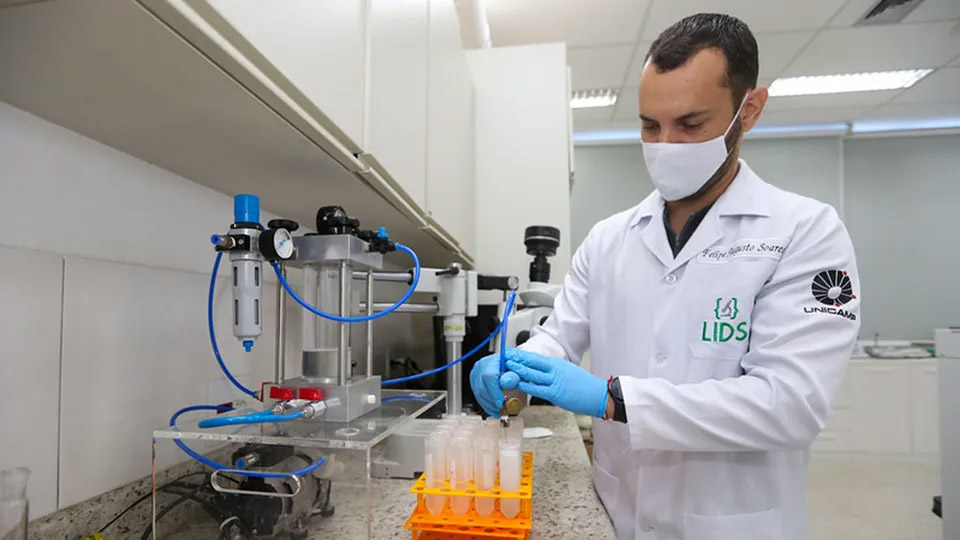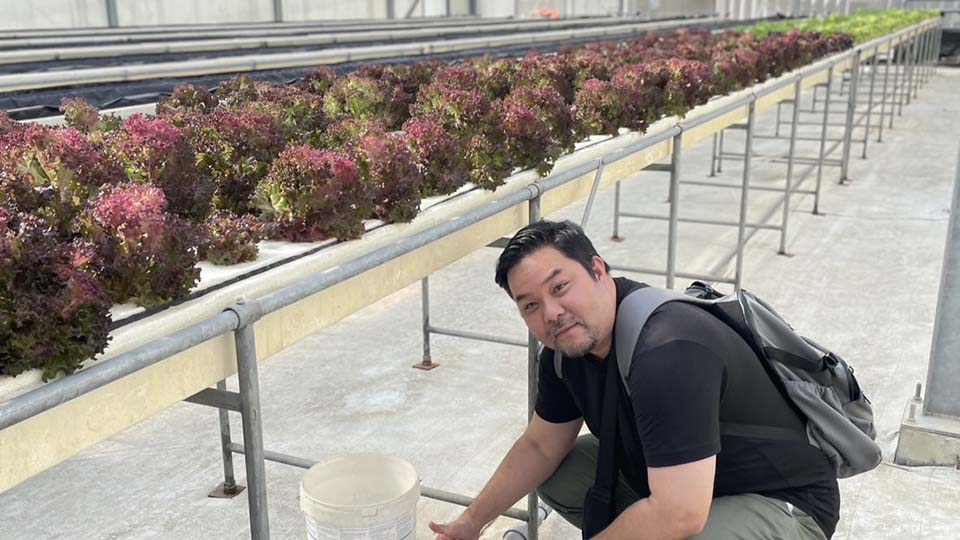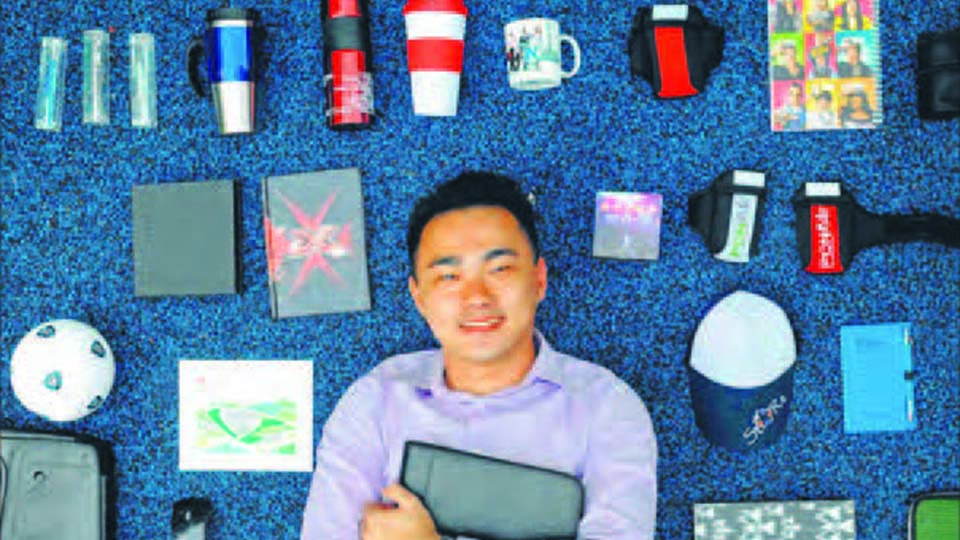Background

crawling movement of insects.
Developments in medical science have made significant contributions in detecting and preventing or curing diseases. For example, endoscopy, a technique to examine the interior of a bodily organ using a slender medical instrument (usually with a camera), has made it much easier for doctors to identify the sources of a problem. However, aside from the discomfort of inserting a tube inside the organ, traditional endoscopy also has certain other shortcomings. Devices currently available to doctors cannot be controlled externally, which means that doctors often cannot get a better view of what they need to check.
In recent years, there has been a growing interest in minimally invasive therapy and surgery, with a goal to develop microinstruments and endoscopes. A joint Italian-Korean project led by biomechanical engineer Dr. Arianna Menciassi at the Sant’Anna School of Advanced Studies, Pisa, and supported by the Intelligent Microsystem Center (IMC) in Seoul made a breakthrough to overcome the limitations of traditional endoscopic options. The project developed a kind of micro-robotic swallowable capsule that offers a more efficient endoscopic performance.
Partnership
The cooperation between Sant’Anna and its Korean counterpart began in 2000 through a project on endoscopic device locomotion. The goal of the project was to develop, optimize and integrate a type of inchworm-like movement system for robotic endoscopy. Under this initial project, a new system of painless colonoscope was developed. In 2003, the joint project initiated the development of a small endoscopic video capsule capable of moving inside the entire gastrointestinal tract. From the very beginning, the joint venture has been strongly supported by the Korea Institute of Science and Technology (KIST).
Research and Development
The joint project involves research on the combination of practical applications with state-of-the-art technology to develop new biomedical products. The development of endoscopic capsules has been one of the first targets of the project. Dr. Menciassi’s team observed that an effective locomotion inside a slippery and deformable area such as a human intestine would require the integration of two factors. First, the capsule needed to be able to grab the tissue, and second, it should be able to release the grab and move through the intestine without sticking to the tissue.
The research team drew inspiration from the crawling motion of insects and came up with a radio-controlled micro robot with hooked legs and tiny teeth to grip the intestinal wall. To direct it, the operator requires no more technical skill than for playing a video game. The capsule can be swallowed with water just like an ordinary pill. Minimally invasive, the capsule is expected to reduce the discomfort normally associated with conventional endoscopic methods. The capsule has a number of microlegs which not only perform the function of clamping, moving and rotating, but may also perform other tasks such as liquid sampling and biopsy.
IP Management

design as submitted in the PCT application
PCT/IT2007/000259 (PATENTSCOPE® search)
Sant'Anna has a well-organized mechanism for advising its researchers and research institutes about intellectual property (IP) issues. Polo Sant'Anna Valdera (PSV), a research and training unit of Sant’Anna, provides comprehensive consulting services concerning patenting costs, information on methods and timing to submit patent applications, information on potential markets, the opportunity to exploit the invention, and risks associated with industrial production of a certain invention. The Sant’Anna researchers can thus avail the opportunity of PSV services, which makes it easier for them to make patent applications. The inventions generated from the joint project between Sant’Anna and IMC have also been duly protected with the support from PSV.
Patents
Several Patent Cooperation Treaty (PCT) applications were made. As a result of the international applications filed via the PCT System, the endoscopic device is protected by patents in many countries including in Europe and the United States. “The PCT is the traditional process we follow in my Institute for knowledge protection. In this case we started with an Italian application and within one year we presented a PCT application”, Dr. Menciassi said. Dr. Menciassi, along with her own Institute and other partners, has a number of other inventions with international applications filed under the PCT system.
Business Results
The microcapsules have already passed clinical tests and are expected to make significant contributions in the field of minimally invasive therapy and surgery. Within the framework of the project between Sant’Anna and IMC, several spin-off companies have been established for the clinical tests and mass production. One such spin-off project is the Versatile Endoscopic Capsule for Gastrointestinal Tumor Recognition and Therapy (VECTOR) which began in 2006 with the support from the European Union. VECTOR has a consortium comprising leading research groups, both industrial and academic, as well as clinicians, medical and health-economic scientists. The industry partners of the project are deeply involved into development and production of devices and components for capsule and endoscopic applications under the VECTOR brand name.
In 2007, jointly with the team working on capsular endoscopy at Sant’Anna, Dr. Menciassi was awarded with the Well-Tech Award 2007 (Milano, Italy). Additionally, she received the Gonfalone d’Argento award as one of the best ten young researchers of the Tuscany region in Italy.
Success based on Innovative Research and Development
The most important factor behind Dr. Menciassi’s projects success is a strong commitment to innovative and futuristic research. She has proved that robots are not fictitious anymore; they can indeed be developed and used for improving the quality of our lives.



